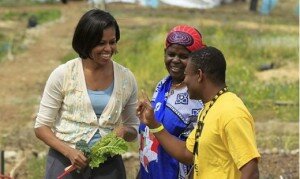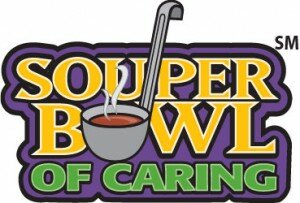I don’t know about you but fresh locally grown food sounds super delicious and refreshing! The “local food” movement is characterized by citizens obtaining food from farmers in their local communities

- Buy from your local farmers’ market: Buying from your local farmers’ markets means that your food could costs less as a result of the farmers’ market buying locally or receiving direct shipments of fresh food without costly warehousing and distribution delays. The consumer ultimately receives the highest quality and largest variety of fresh and organic food products currently available.
- Locally grown fruits and vegetables have longer to ripen. Because the produce will be handled less, locally grown fruit does not have to be “rugged” or to stand up to the rigors of shipping. This means that you are going to be getting peaches so ripe that they fall apart as you eat them, figs that would have been smashed to bits if they were sold using traditional methods, and melons that were allowed to ripen until the last possible minute on the vine. Mmmmm, how yummy?
-
Buying food locally supports local farmers! Why not support a local small business? When you buy local, you give those with local open space – farms and pastures – an economic reason to stay open. This keeps money in your community which stim
 ulates your community’s economy. Since money remains in your community, your community becomes more desirable to potential residents and businesses.
ulates your community’s economy. Since money remains in your community, your community becomes more desirable to potential residents and businesses.
- Visiting a farm. Find a farm in your area and call to make an appointment to see the farm. The farmers are usually happy to show a family or a group around the farm. When you visit, ask the farmers what challenges they have had and why they choose to grow what they are growing. Be sure to take the kids along on this journey! This allows for great family bonding time and an awesome opportunity to learn about the hard work farmers put in to produce your food.
-
Locally grown produce is fresher. While produce that is purchased in the supermarket or a big-box store has been in transit or cold-stored for days or weeks, produce that you purchase at your local farmer’s market has often been picked within 24 hours of your purchase. This freshness not only improves the taste of your food, but also improves the nutritional value which declines over time.

Purchasing local foods is beneficial to you, local businesses, your family, the environment, and of course your taste buds! (I’m already the deliciousness of a locally grown juicy tomato) Tell us how you and your family plan on participating in the local food movement in the comments!




 excitement! Who can resist watching funny commercials, seeing Madonna perform for the halftime show, seeing your favorite teams fight to the death, eating yummy food, and just participating in some good ol’ American fun!
excitement! Who can resist watching funny commercials, seeing Madonna perform for the halftime show, seeing your favorite teams fight to the death, eating yummy food, and just participating in some good ol’ American fun! Compose cheers, make signs, wear uniforms, etc. Whoever collects the most food gets the trophy. Competition adds a fun aspect to the service initiative because it keeps players’ adrenaline going! Isn’t that why the most of us watch the Super Bowl in the first place?
Compose cheers, make signs, wear uniforms, etc. Whoever collects the most food gets the trophy. Competition adds a fun aspect to the service initiative because it keeps players’ adrenaline going! Isn’t that why the most of us watch the Super Bowl in the first place?


 After exploring I found the
After exploring I found the 

